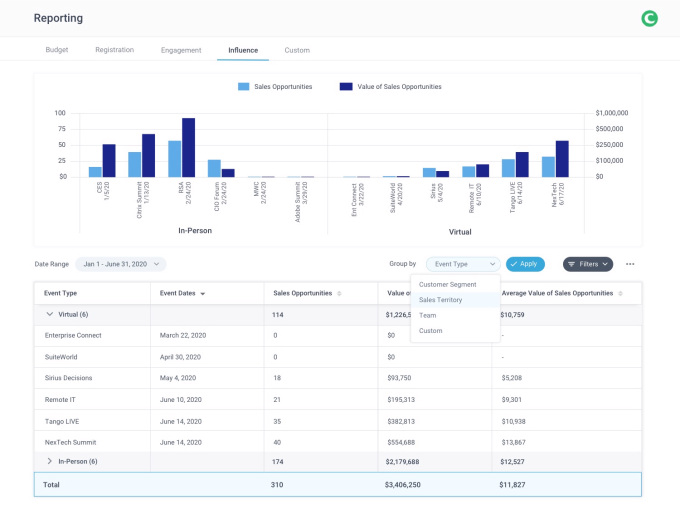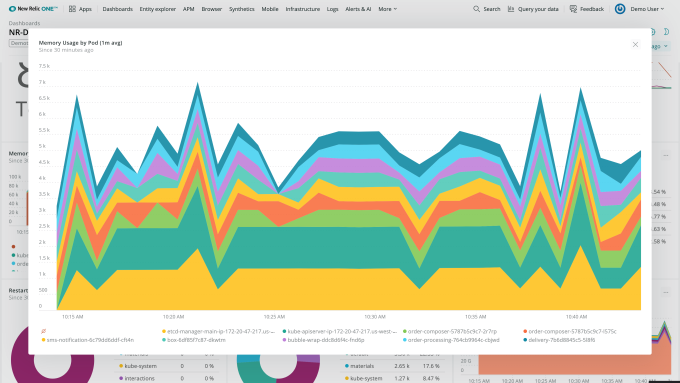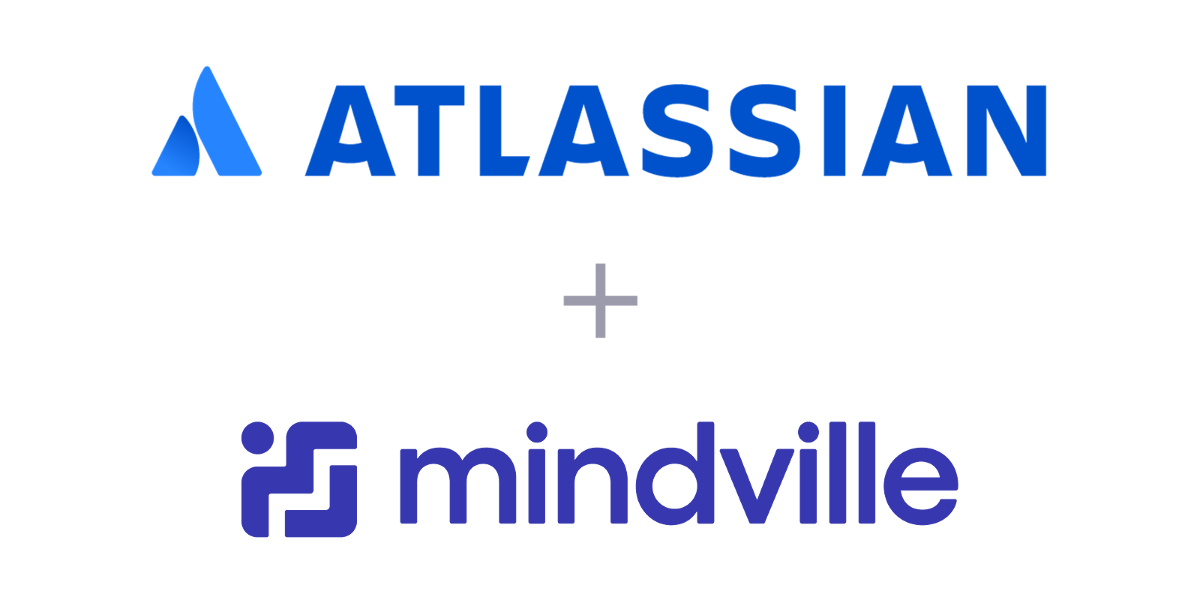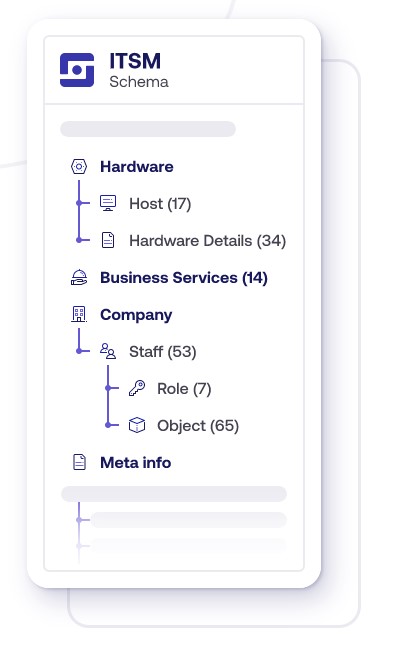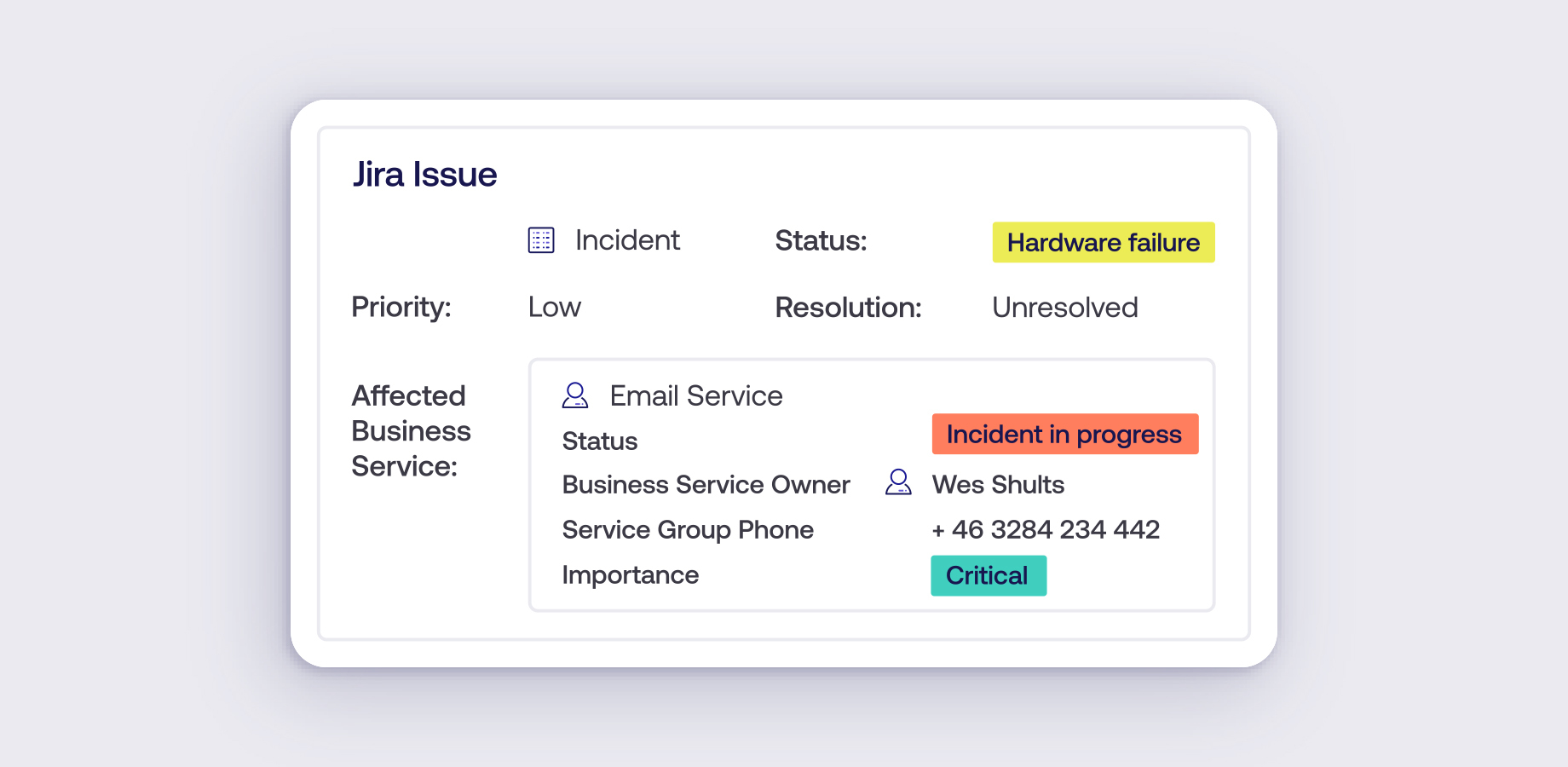Rippling nabs $145M at a $1.35B valuation to build out its all-in-one platform for employee data
Big news today the world of IT startups targeting businesses. Rippling, the startup founded by Parker Conrad to take on the ambitious challenge of building a platform to manage all aspects of employee data, from payroll and benefits through to device management, has closed $145 million in funding — a monster Series B that catapults the company to a valuation of $1.35 billion.
Parker Conrad, the CEO who co-founded the company with Prasanna Sankar (the CTO), said in an interview that the plan will be to use the money to continue its own in-house product development (that is, bringing more tools into the Rippling mix organically, not by way of acquisition) but also to have it just in case, given everything else going on at the moment.
“We will double down on R&D but to be honest we’re trying not to change the formula too much,” Conrad said. “We want to have that discipline. This fundraising was opportunistic amid the larger macroeconomic risk at the moment. I was working at startups in 2008-2009 and the funding markets are strong right now, all things considered, and so we wanted to make sure we had the stockpile we needed in case things went bad.”
This latest round included Greenoaks Capital, Coatue Management and Bedrock Capital, as well as existing investors including Kleiner Perkins, Initialized Capital and Y Combinator. Founders Fund partner Napoleon Ta will join Rippling’s board of directors. Founders Fund had also backed Zenefits when Parker was at the helm, and from what we understand, this round was oversubscribed — also a big feat in the current market, working against a lot of factors, including a wobbling economy.
It is a big leap for the company: it was just a little over a year ago that it raised a Series A of $45 million at a valuation of $270 million.
This latest round is notable for a few reasons.
First is the business itself. HR and employee management software are two major areas of IT that have faced a lot of fragmentation over the years, with many businesses opting for a cocktail of services covering disparate areas like employee onboarding, payroll, benefits, device management, app provisioning and permissions and more. That’s been even more the case among smaller organizations in the 2-1,000 employee range that Rippling targets.
Rippling is approaching that bigger challenge as one that can be tackled by a single platform — the theory being that managing HR employee data is essentially part and parcel of good management of IT data permissions and device provision. This funding is a signal of how both investors and customers are buying into Rippling and its approach, even if right now the majority of customers don’t onboard with the full suite of services. (Some 75% are usually signing up with HR products, Conrad noted.)
“We like to think of ourselves as a Salesforce for employee data,” Conrad said, “and by that, we think that employee data is more than just HR. We want to manage access to all of your third-party business apps, your computer and other devices. It’s when you combine all that that you can manage employees well.”
The company is gradually adding more tools. Most recently, it’s been launching new tools to help with job costing, helping companies track where employees are spending time when working on different projects, a tool critical for IT, accounting and other companies where employees work across a number of clients. Other new tools include SMS communications for “desk-less” workers and more accounting integrations.
Second is the founder. You might recall that Conrad was ousted from his previous company, Zenefits (taking on a related, but smaller, challenge in payroll and benefits), over a controversy linked to compliance issues and also misleading investors. But if Zenefits was finished with Conrad, Conrad was not finished with Zenefits — or at least the problem it was tackling. This funding is a testament to how investors are putting a big bet on Conrad himself, who says that a lot of what he has been building at Rippling was what he would have done at Zenefits if he’d stayed there.
“Once you’re lucky, twice you’re good,” said Mamoon Hamid, a partner at Kleiner Perkins, in a separate statement. “Parker is a true product visionary, and he and his team are solving an enormous pain point for businesses everywhere. We’re thrilled to continue partnering with Rippling as demand for their platform dramatically increases in this era of remote work.”
“Rippling is not just a superior payroll company, but something much broader: they’ve built the system of record for all employee data, creating an entirely new software category. Rippling’s massive market opportunity is to streamline the employee life cycle, from software to payroll to benefits, and fundamentally improve the way businesses hire and manage their employees,” said Ta in a statement.
Third is the context in which this round is coming. We’re in the midst of an economic downturn caused in part by a global health pandemic, and that’s leading to a lot of companies curtailing budgets, reducing headcount and potentially shutting down altogether. Ironically, that force is also propelling companies like Rippling full steam ahead.
Its SaaS model — priced at a flat $8 per person per month — not only fits with how many businesses are being run at the moment (primarily remotely), but Rippling’s purpose is specifically geared to helping businesses both onboard and offboard employees more efficiently, the kind of software that companies need to have in place to fit how they are working right now.
Updated with commentary from an interview with Conrad.
![]()

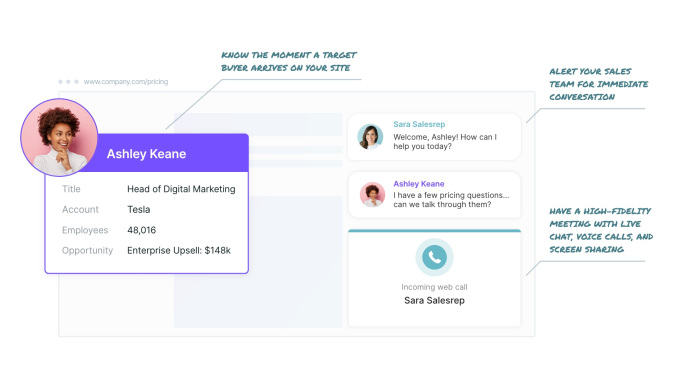
 Welcome TechCrunch! We’re excited about our funding announcement…” It was a little creepy, but also much more effective than my visits to other marketing technology websites, where someone usually sends me a generic sales message.
Welcome TechCrunch! We’re excited about our funding announcement…” It was a little creepy, but also much more effective than my visits to other marketing technology websites, where someone usually sends me a generic sales message.